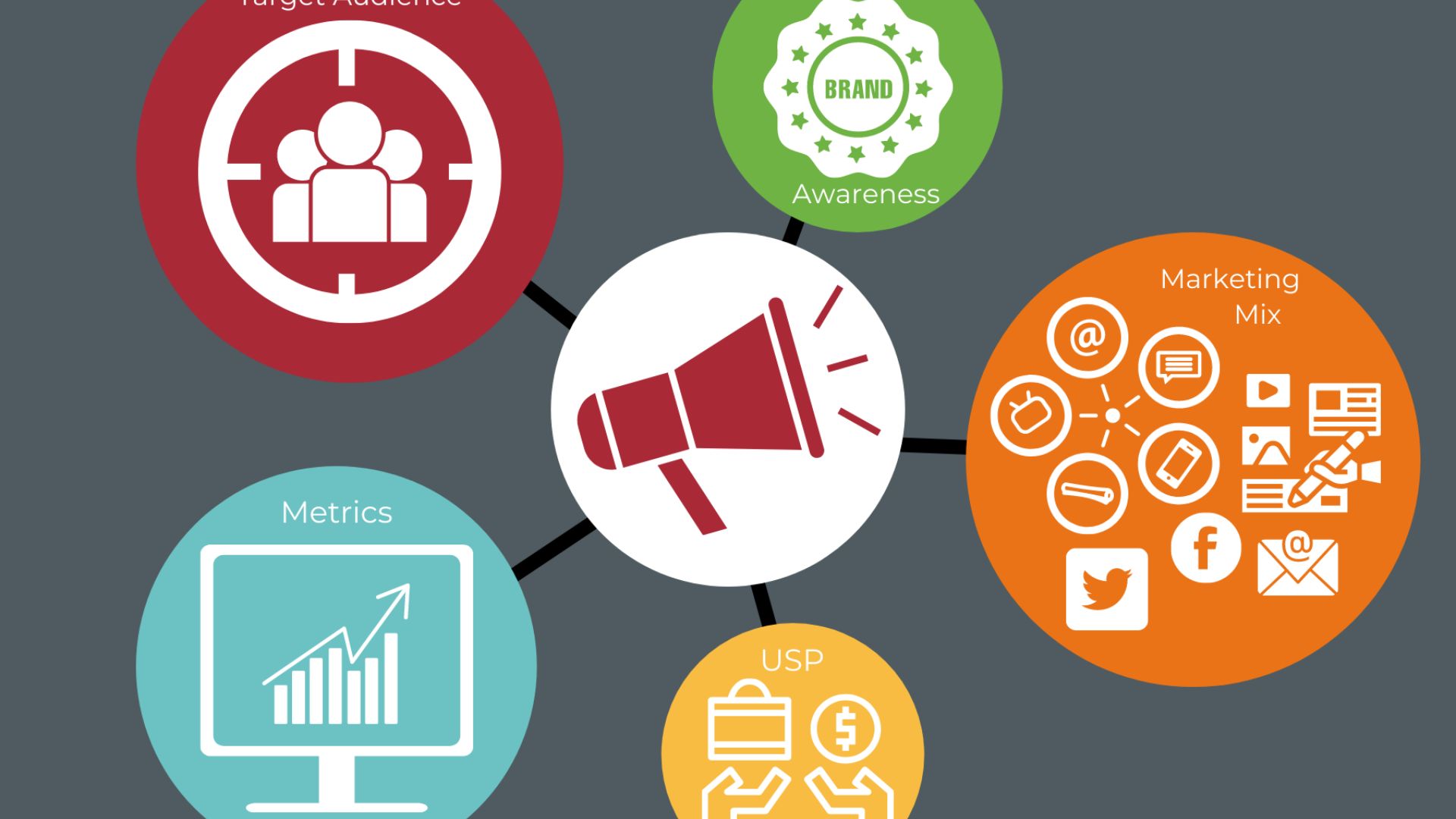When it comes to running a successful campaign, effective campaign communication is key. Whether you’re running for office or managing a marketing campaign, how you convey your message can make or break your efforts. In this article, we’ll walk you through essential strategies for effective campaign communication to help you connect with your audience and achieve your goals.
Understand Your Audience
One of the first steps in effective campaign communication is to understand your audience. Take the time to research who they are, what they care about, and how they prefer to receive information. This understanding will allow you to tailor your message to resonate with them. For example, if you’re campaigning in a community that values environmental issues, make sure your communication highlights your commitment to sustainability.

Craft a Clear and Consistent Message
A clear and consistent message is crucial for effective campaign communication. Your core message should be simple and easy to understand, avoiding jargon and complex language. Consistency is also key; ensure that your message remains the same across all platforms and communications. This helps build trust and makes your campaign more recognizable to your audience.
Utilize Multiple Communication Channels
To reach a wider audience, use multiple communication channels. Effective campaign communication involves leveraging various platforms, such as social media, email, traditional media, and face-to-face interactions. Each channel has its strengths, and using a combination can help you engage with different segments of your audience. For instance, social media can be great for quick updates, while email can provide more detailed information.
Engage with Your Audience Actively
Engagement is a key component of effective campaign communication. Don’t just broadcast your message—engage with your audience. Respond to comments, answer questions, and participate in conversations. This two-way communication shows that you value their input and are attentive to their concerns. Active engagement helps build stronger relationships and increases the likelihood of gaining support.
Leverage Storytelling
Storytelling is a powerful tool in effective campaign communication. People connect with stories on a personal level, so use anecdotes and real-life examples to illustrate your points. Share stories of individuals who have been positively impacted by your campaign or initiatives. This approach makes your message more relatable and memorable, enhancing its impact.
Be Transparent and Authentic
Transparency and authenticity are essential for effective campaign communication. Be open about your goals, strategies, and any challenges you face. Authenticity builds trust and credibility with your audience. When people feel they can trust you, they are more likely to support your campaign and share your message with others.
Monitor and Adapt Your Strategy
For effective campaign communication, it’s important to monitor the effectiveness of your strategies and be willing to adapt. Track the performance of your communications through metrics like engagement rates, feedback, and response times. Use this data to adjust your approach as needed. Being flexible and responsive to your audience’s needs helps keep your campaign relevant and effective.
Incorporate Visuals
Visuals play a significant role in effective communication. Incorporate images, videos, and graphics to make your message more engaging and easier to understand. Visual content can capture attention more effectively than text alone and helps convey your message in a more impactful way. Ensure that your visuals align with your overall message and campaign goals.
Ensure Accessibility
Making your communication accessible is an important aspect of effective communication. Ensure that all your materials are easily accessible to people with different needs. This includes providing content in multiple formats, such as text and audio, and ensuring that your website and other digital platforms are user-friendly. Accessibility broadens your reach and demonstrates inclusivity.
Maintain a Positive Tone
Finally, maintaining a positive tone in your effective campaign communication can greatly influence how your message is received. Focus on solutions and positive outcomes rather than dwelling on negatives or criticisms. A positive approach helps to inspire and motivate your audience, making them more likely to support your campaign and share your enthusiasm.
Conclusion
Mastering effective campaign communication involves understanding your audience, crafting a clear message, and engaging actively through various channels. Leverage storytelling, transparency, and visuals to enhance your message, and ensure that your communication is accessible and positive. By monitoring and adapting your strategies, you can connect more effectively with your audience and drive the success of your campaign.

